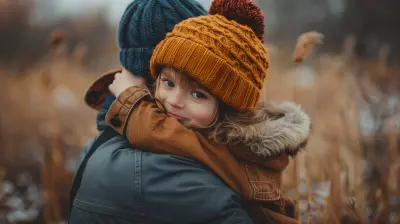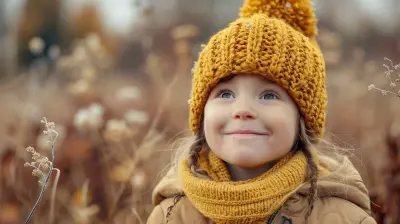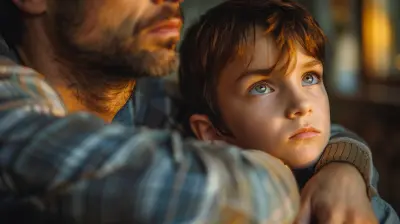Building Social Skills Through Group After-School Programs
13 October 2025
Let’s be real for a second — raising kids is basically like being the CEO of a 24/7 circus with an unpredictable cast of characters. One moment they’re little angels, and the next, they’re trying to convince you that glue and glitter were meant for your dog’s ears. And when it comes to helping them develop social skills? Well, that’s a high-wire act all on its own.
But here’s the silver lining — group after-school programs. Yep, those magical hours between school and dinner where kids don't just let off steam, but actually pick up real-deal life skills like empathy, cooperation, and how not to yell “YOU’RE NOT MY MOM!” during a game of dodgeball.
In this post, we're diving headfirst (safely, of course) into how group after-school programs are basically the bootcamp for social butterflies-in-training. Ready? Let’s roll!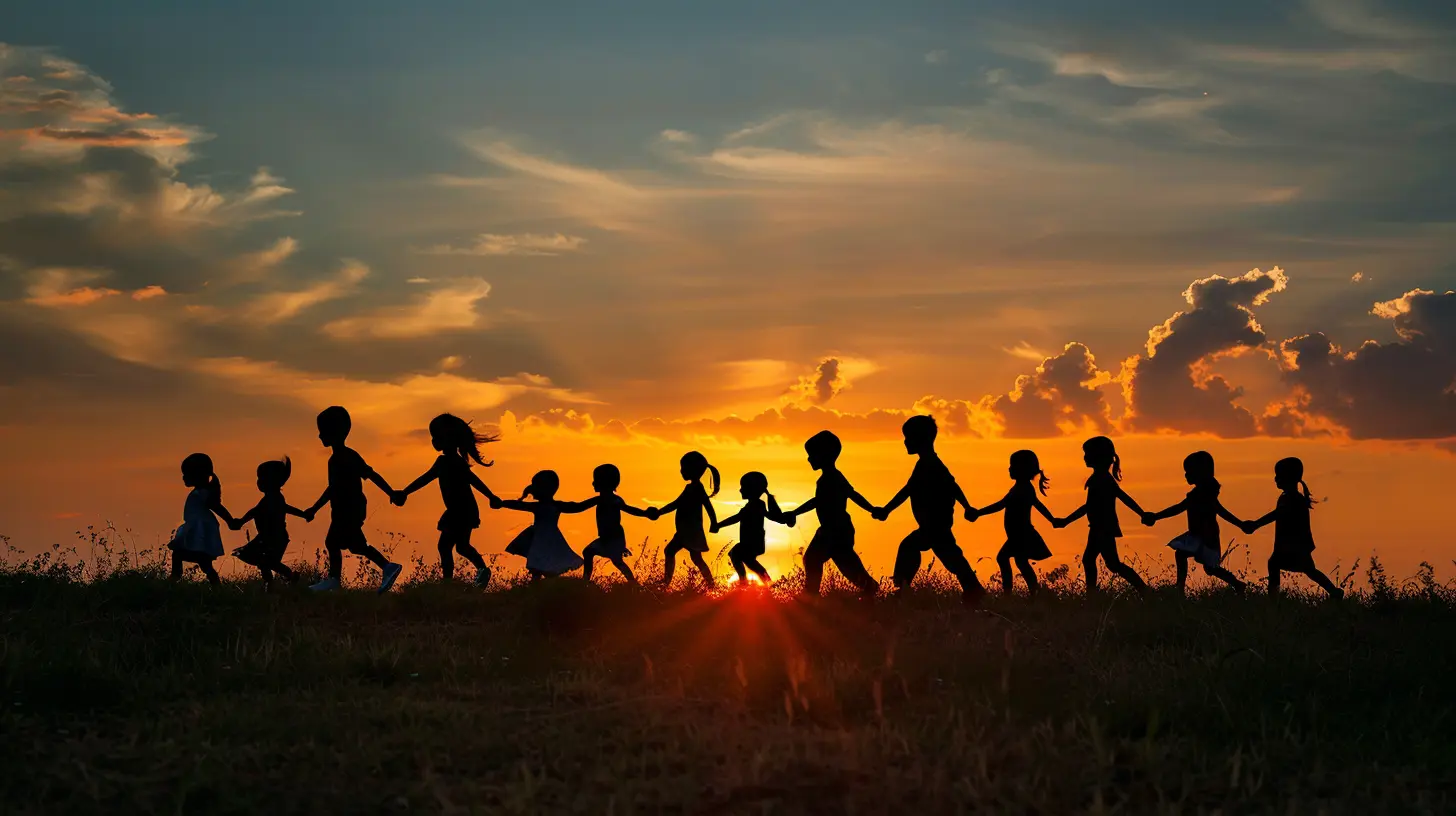
Why Social Skills Matter (More Than Algebra)
Sure, learning to do long division is great and all (said no one ever), but social skills? They're the real MVPs in a kid’s journey through life. Think about it:- They help kids make friends.
- They teach conflict resolution without needing a referee.
- They boost self-esteem.
- They prep kids for teamwork like little future CEOs.
Without solid social skills, even the brightest little minds can struggle to connect. And what better playground to practice these than a group after-school program?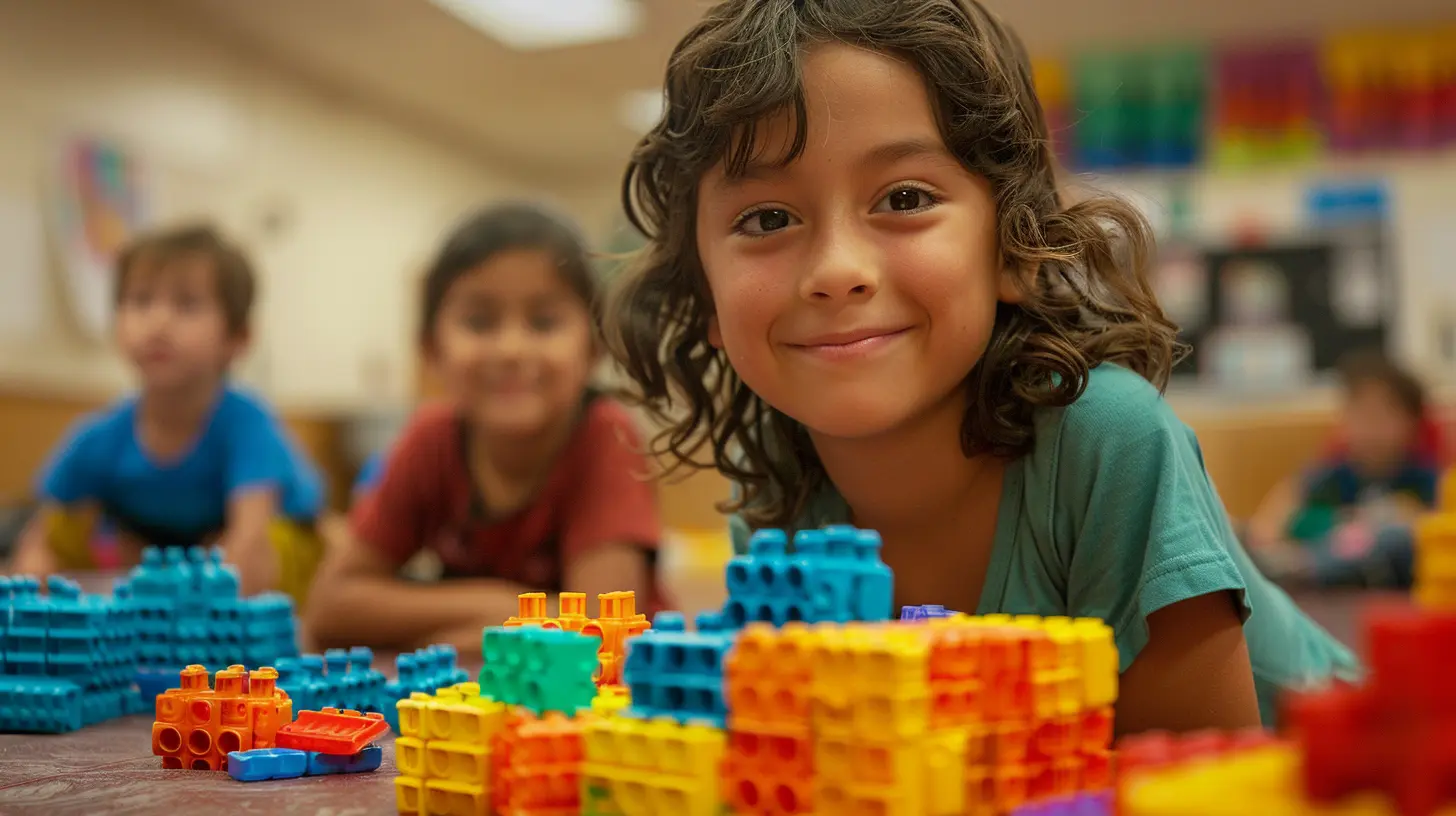
What Are Group After-School Programs Anyway?
Picture this: 20 kids of varying sugar levels, two adults who deserve medals, and a nicely structured chaos of games, crafts, drama, sports, and homework clubs. That’s a group after-school program in a nutshell.These programs bring kids together after the school bell rings but before dinner descends into a spaghetti-flinging mess. They're safe, supervised, and the perfect testing ground for social growth.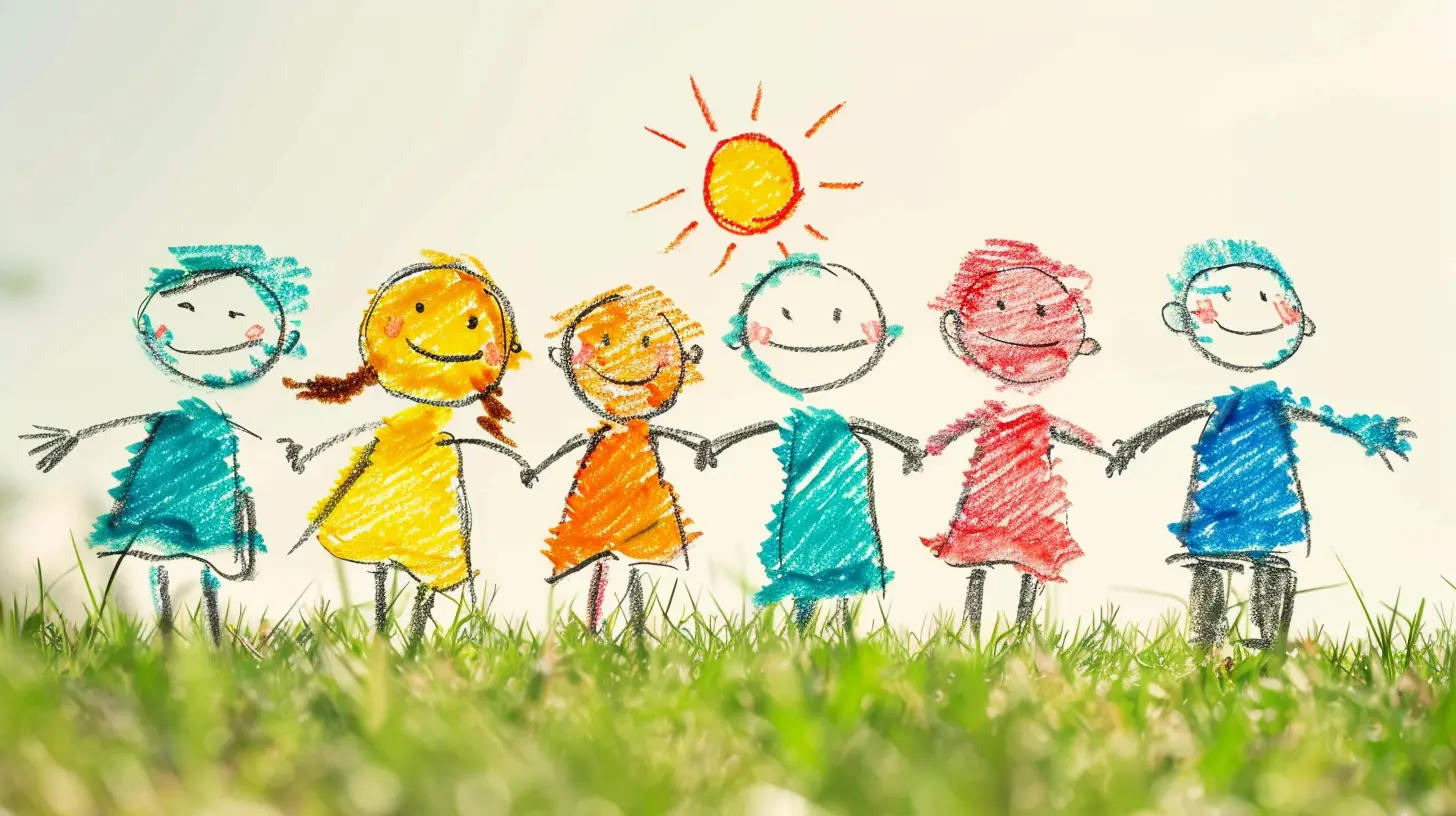
Social Skills 101: The Core Ingredients
Before we dive into how these programs actually work their magic, let’s break down the basics. What social skills are we even talking about here?- Communication: Not just shouting "MOM, I NEED SNACKS" but actual, back-and-forth conversations.
- Teamwork: Playing nice in the sandbox and passing the ball (instead of hogging it for glory).
- Empathy: Understanding little Timmy is sad because his macaroni art fell apart.
- Conflict Resolution: Solving problems without yelling or tattling every five seconds.
- Listening: That magical skill where you don’t interrupt every sentence with your own story.
And the beautiful thing is… group after-school programs are like training grounds for all of these.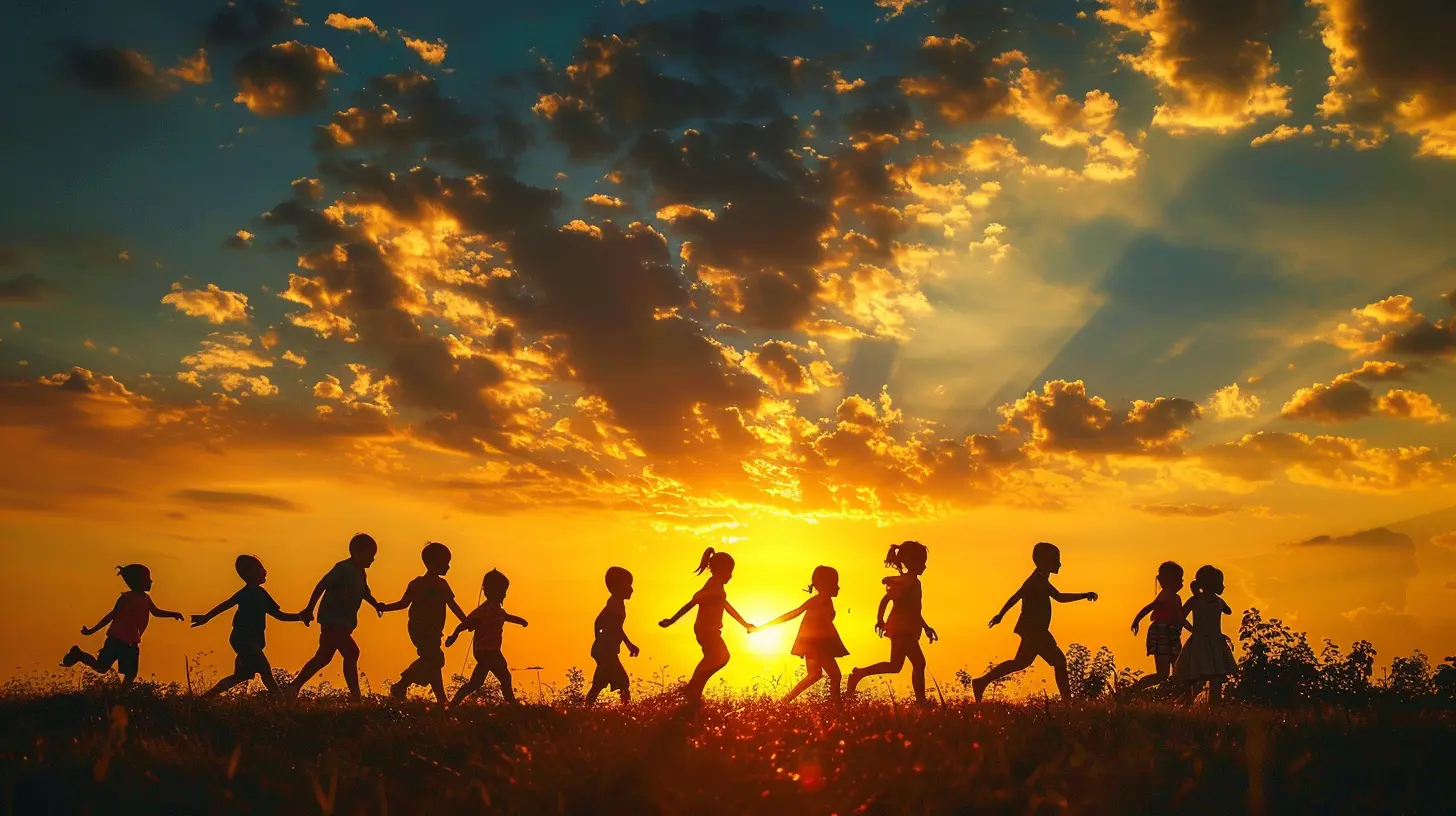
How Group After-School Programs Build Social Superstars
1. It’s All About the Tribe Vibes
Humans are social creatures — even the ones who hide behind books or Minecraft servers. Group programs place kids into little communities where they don’t just coexist, they collaborate. Whether it’s teaming up in a soccer drill, building a cardboard castle, or surviving a group scavenger hunt, kids learn how to connect.And the best part? Zero pressure. It’s fun, informal, and doesn’t come with a grade at the end.
2. Team Activities for the Win (and the Lessons)
Ever tried organizing a group of eight-year-olds to build a tower with marshmallows and spaghetti sticks? It’s chaos, creativity, and cooperation all rolled into one. These kinds of activities teach patience, decision-making, and learning how to say, “Okay, your idea is actually better than mine.”Bonus? It’s way messier than regular learning — and kids secretly love that.
3. Leadership Without the Tiara
Group programs often rotate leadership roles — one day your kid might be the line leader, the next, the cleanup captain. These micro-leadership moments build confidence and teach kids how to guide peers without bossing everyone around like a tiny tyrant.4. Problem-Solving Practice — Kid Style
Someone took someone else’s snack. A teammate missed the goal. The glitter glue exploded (again). These are everyday scenarios in after-school programs — and they all offer golden opportunities for problem-solving in real time.Instead of stepping in with an adult lecture, trained facilitators often let kids hash it out — with guidance, of course. They learn to talk, listen, and compromise. That, my friends, is priceless.
5. Multi-Age Mingling Magic
One of the coolest features? Mixed-age interaction. Older kids often act as role models (and occasionally referees), while younger kids learn the ropes quicker from peer observation. Before you know it, your shy first-grader starts organizing group games like a pint-sized camp counselor.Real Talk: What Parents Are Saying
“I used to worry my daughter was too shy. But after a few weeks in her after-school science club, she’s organizing group projects with kids I would’ve been afraid to talk to at her age.”“My son thought ‘teamwork’ was a Marvel movie. Now he high-fives his teammates after a loss. A loss! Who is this kid?”
These programs don’t just fill time — they build tiny humans who know how to connect, reflect, and respect others.
Choosing the Right Program (Because Not All Are Created Equal)
Alright, so we’re sold on the concept. But how do you choose the right one? Here’s the cheat sheet:✅ Look for Variety in Activities
Kids are basically mini mood swings in sneakers. One moment it’s all about sports, the next it’s “I wanna paint a dragon!” Programs offering a variety will help your child discover their jam — and meet others who share it.✅ Staff That Gets It
The adults should be more than just present — they should be engaged (and preferably have a secret stash of patience and granola bars). Look for programs where staff actually interact with kids, not just stand around like bored lifeguards.✅ Group Sizes Matter
Too many kids and it’s Lord of the Flies. Too few and it can get cliquey. Find that Goldilocks group number — just right for collaboration and connection.✅ Emphasis on Social-Emotional Skills
Some programs actually bake in emotional intelligence training through storytelling, group circle time, or reflective activities. That’s next-level parenting wizardry right there.Tips for Parents to Maximize the Magic
Even the best program can use a sidekick — ahem, that’s you. Here’s how you can support your child's social skill-building journey from home:- Ask open-ended questions: Try “What made you laugh today?” vs. “Did you have fun?”
- Model social behavior: Show them how to apologize, listen, and use kind words (even when your toddler dumps milk on your laptop).
- Practice role-playing: Play “what would you do?” games. Kids love pretending to be the boss (go figure).
- Set up mini playdates: Reconnect after school with shared snacks and a board game.
Remember — social skills are muscles. The more they’re used, the stronger they grow.
And Let’s Not Forget – It’s FUN!
At the end of the day, kids aren’t joining these programs for a lesson in behavioral psychology. They’re there to play, laugh, and maybe learn to juggle. But under the surface, real skills are forming — like saplings growing beneath a jungle gym.And honestly? Isn’t that the best kind of learning?
Final Thoughts: Building Social Butterflies One After-School Snack at a Time
Look, no program is a magic wand (unless it’s literally a Hogwarts-themed art class, then maybe). But when it comes to helping your kid come out of their shell, communicate clearly, and not poke the kid next to them with a pencil — group after-school programs are the unsung heroes of modern parenting.They’re not just keeping your child busy — they’re giving them the tools to thrive in a world where people skills matter just as much as test scores.
So go ahead, sign 'em up. And don’t be surprised when your once-shy child starts giving you unsolicited TED Talks on teamwork after snack time.
all images in this post were generated using AI tools
Category:
After School ActivitiesAuthor:

Tara Henson
Discussion
rate this article
1 comments
Kara McClain
Group programs: where kids learn social skills and parents get a break. Win-win! Let the social butterflies bloom!" 🦋
October 23, 2025 at 4:07 AM
